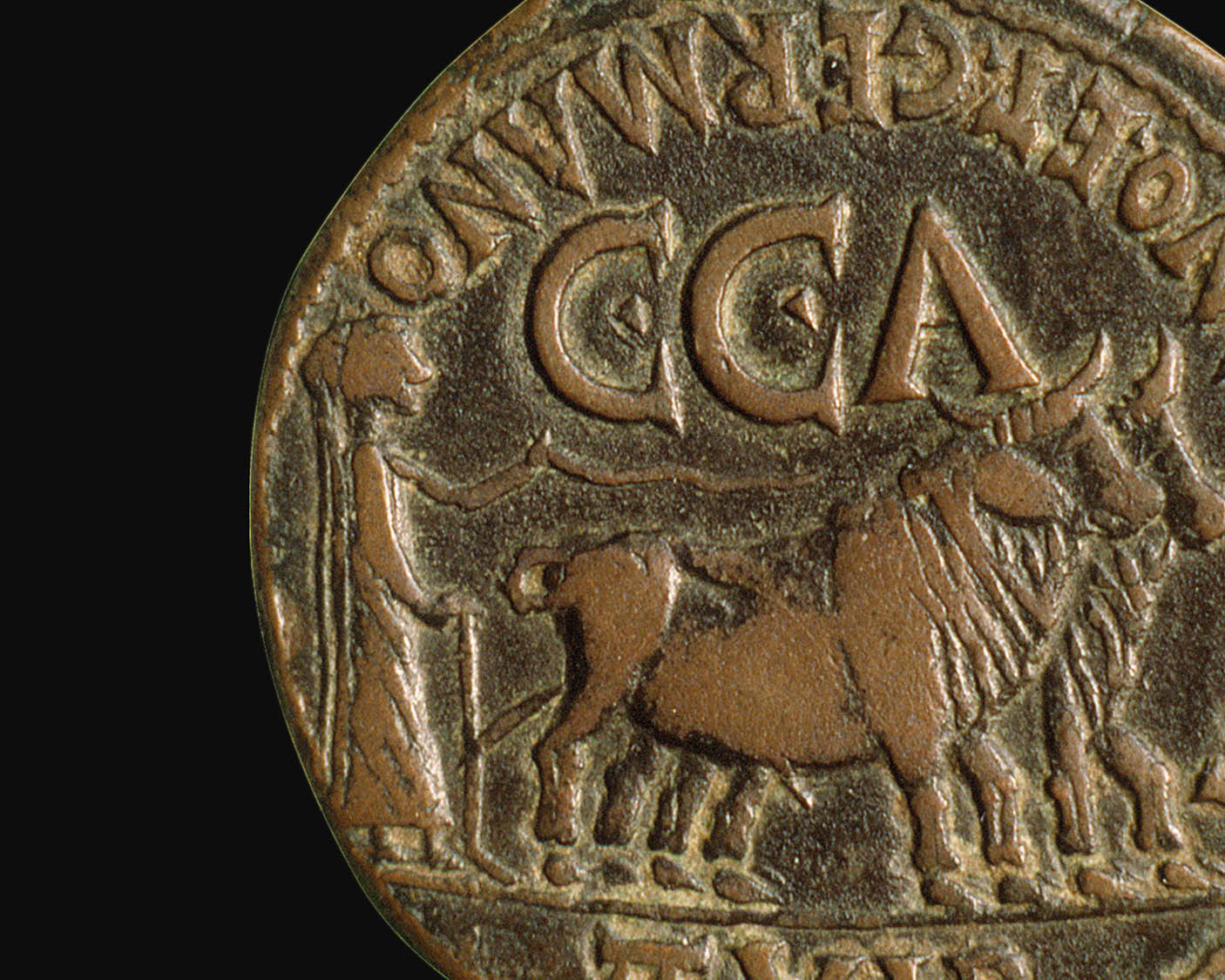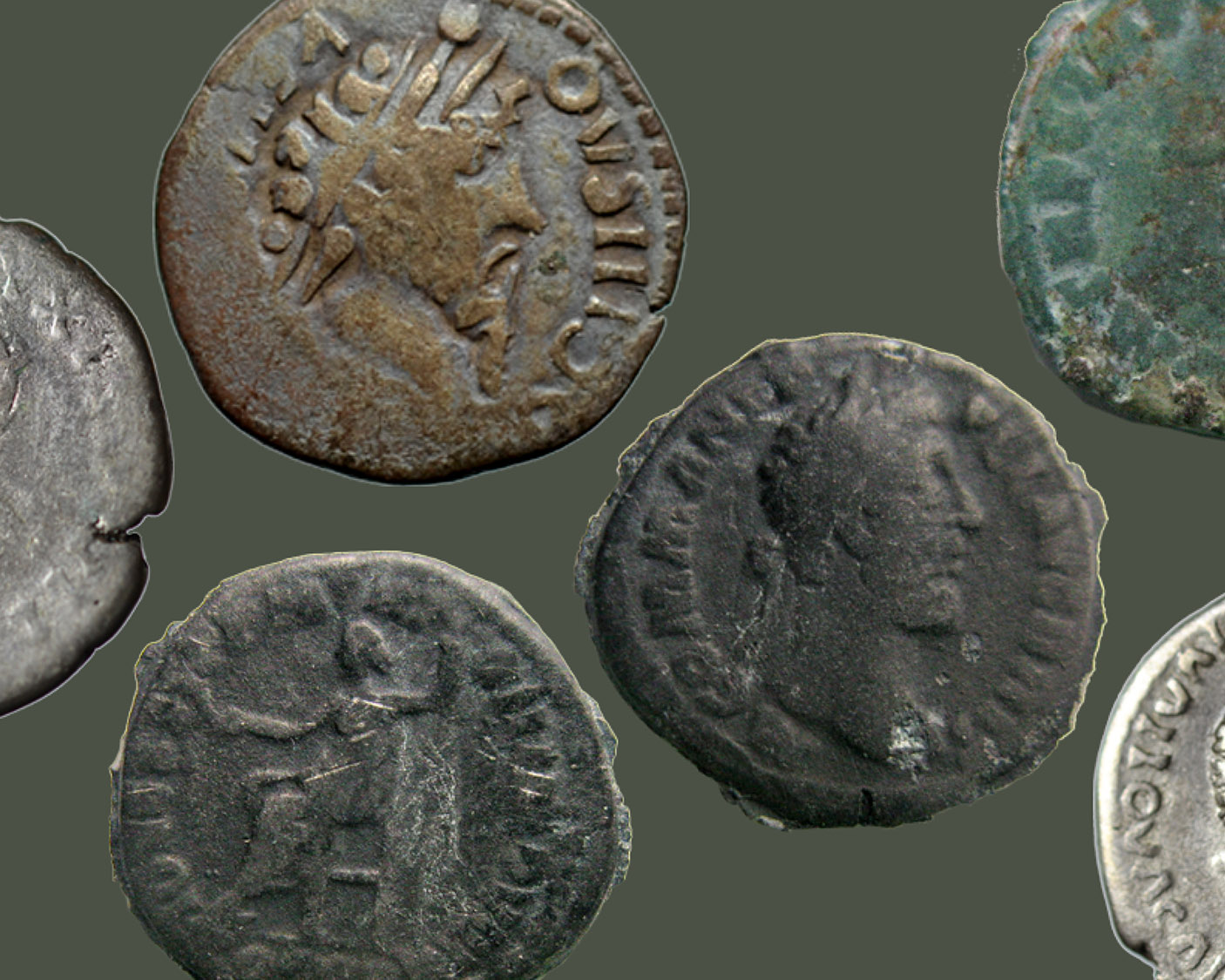Learning about Cicero, Caesar and Vergil via Coins

The American Numismatic Society and the New York Classical Club present:
Learning about Cicero, Caesar and Vergil via Coins
with Dr. Lucia Carbone, ANS Assistant Curator of Roman Coins
Saturdays,
February 12–26, 2022
2:00 pm ET
The Roman historian Fergus Millar once stated that “coins are the most deliberate of all symbols of public identity.” For scholars of the Classical world (and not only), coins are unsurpassed as vectors of self-representation for the elites. Because of their mass-produced nature and widespread circulation, they represent the privileged communication channel between elites and lower classes. The study of coins thus provides a first-hand and unmediated heuristic tool to understand Classical culture, an important complement to the literary approach often adopted for high school education.
These three sessions aim to investigate the interaction between literary and non-literary (in this case numismatic) representations of power in the Late Republic and in the Early Empire. These sessions, which could be chosen independently one from the other, will focus on the comparison between Roman coinage and contemporary literary passages from:
February 12: Cicero’s Pro Archia Poeta and Pro Lege Manilia (with his representation of Pompey the Great)
February 19: Caesar’s Bellum Gallicum and Bellum Civile
February 26: Vergil’s Aeneid
The comparison between literary and numismatic sources intends to provide a wider perspective on the ways in which the power of imperatores like Pompey and Caesar and emperors like Augustus was perceived. At the same time, coins issued by their adversaries proposed different and alternative narratives, often obliterated in literary texts. Both in-person and virtual, these workshops will provide access to the incomparable collection of the American Numismatic Society, rich of over 1,000,000 coins, thus enhancing a more organic understanding of the cultural changes that took place in the momentous years of the Late Roman Republic, when a res publica dominated byimperatores became a monarchy under the auctoritas of one emperor.




